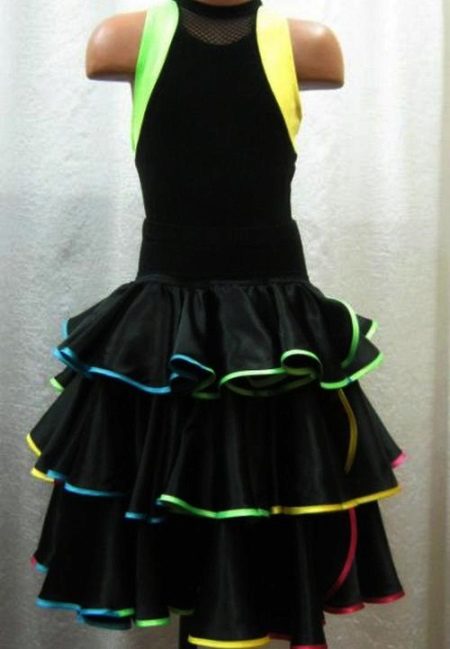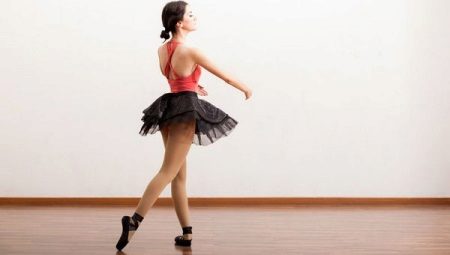To dance, each girl needs special clothes. The main part of such clothes is usually a skirt, which for each type of dance will be different and have some characteristic features.
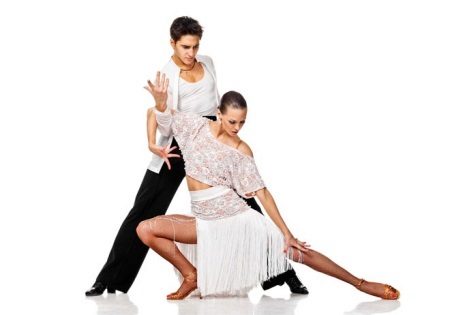
Such skirts are often sewn with your own hands or to order, getting an original product that is ideally suited to the figure of its owner.
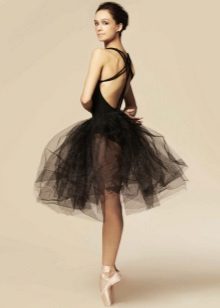

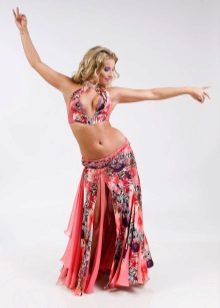
For ballroom dancing
Many women like these dances for their special rhythm, romance and sensuality. The skirts for such dances, which are called the Standard, are usually represented by monophonic floor-length models.
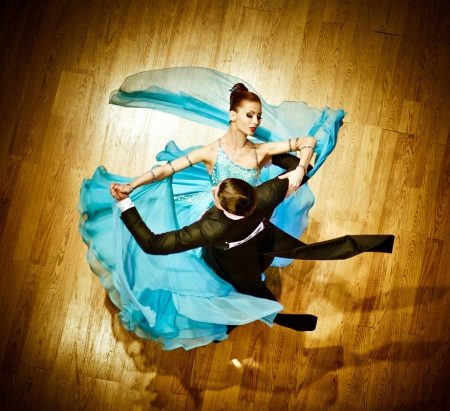
The most common styles of such skirts are flared or year. On the hem of many models, a shuttlecock is sewn, which can be in tone with the product or in a contrasting color.
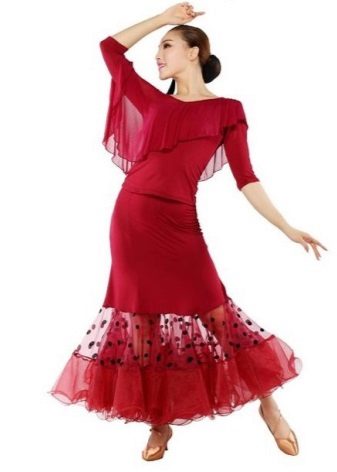

Skirts for sports dances are unusually beautiful and spectacular. Often they have a short length or a long cut, which opens up a great opportunity to show slender legs.

For oriental - for belly dance
Those who are interested in oriental dances are attracted by their ability to improve their plasticity and correct their figure.
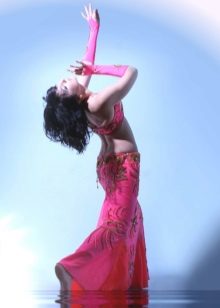
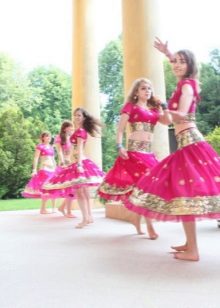
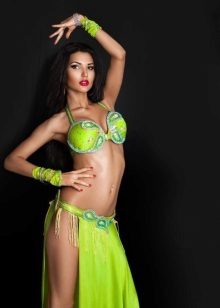
The features of skirts for such dances can be called their airiness, the use of light fabrics for their tailoring, as well as rich decor.

The most popular style is the "sun". Such a skirt is sewn long from translucent and flowing fabrics, among which organza, chiffon, silk and satin are especially popular. If the material is transparent, the model is layered. Ruffles, decorative fabric inserts and an embroidered belt are used to decorate such a skirt.

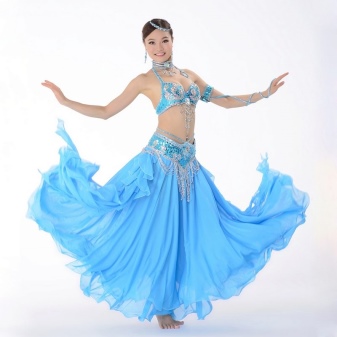
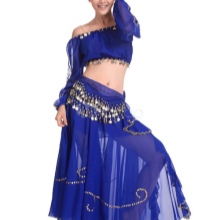
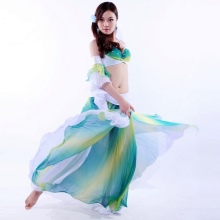
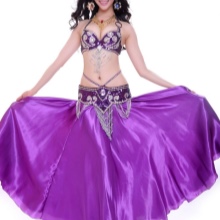
The “sun” skirt for oriental dances is more in demand by slender girls, and when full, they prefer the “year” style. A skirt of such a cut fits the figure in the hips, and then expands.For its sewing, elastic fabrics are used, for example, supplex, knitwear or natural materials with the addition of lycra and other stretch fibers. The expansion of the skirt is provided by stitching 4 or 6 wedges.
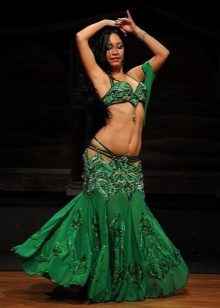
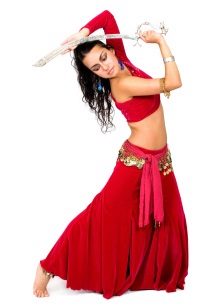
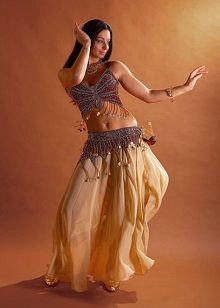
For belly dancing, straight skirts with a high slit located in front on one leg or side are also used. This model fits the silhouette and has an elegant look.
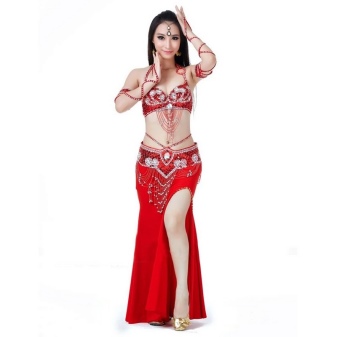
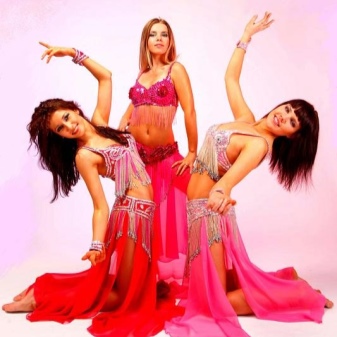
For ballet
Ballet classes attract girls who want to become flexible and flexible. Since the main elements of such dances are jumping and stretching, skirts for choreography should not constrain movements.
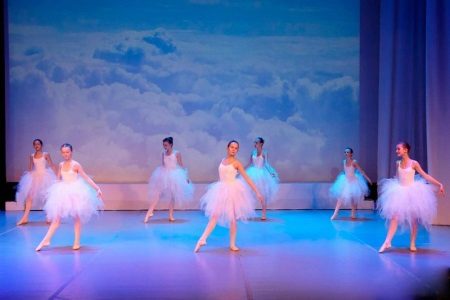
Ballerinas carry out their training in short and light skirts of a simple cut, for the sewing of which elastic fabric is used. Usually these are “sun” models that do not interfere with movement training. For performances, other skirts are used, the style of which is represented by a "bundle" or "chopstick". Their tailoring is made of materials that can hold their shape. It can be a grid, tulle, tulle and similar fabrics.

The main difference between these styles is their softness and rigidity. Often, a tutu skirt is sewn stiff according to the “sun” or “half-sun” pattern. It is characterized by a small length and the presence of several layers of material. The skirt-shopenka is softer and is sewn longer.
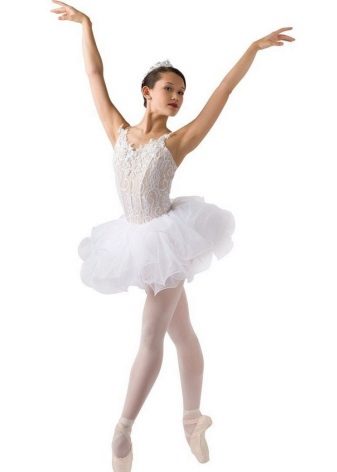
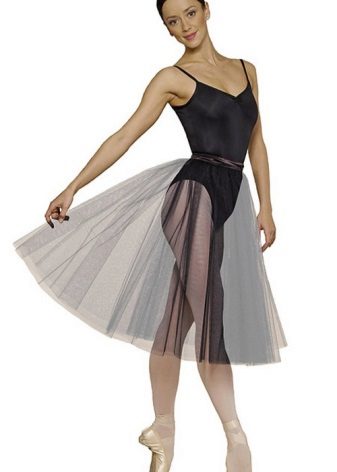
For latin american dances
Such dances are interested in passionate girls who like their fiery rhythm. In choosing a skirt for this type of dance, it is important to ensure freedom of movement and comfort, and at the same time choose a bright attractive model.
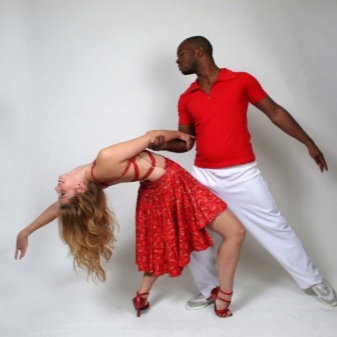
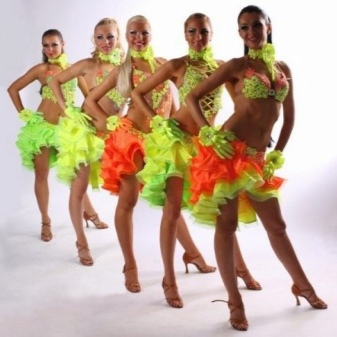
A short skirt that fits your hips is a great choice, and it extends slightly down. No less popular are the skirts to the knees, which have high cuts.
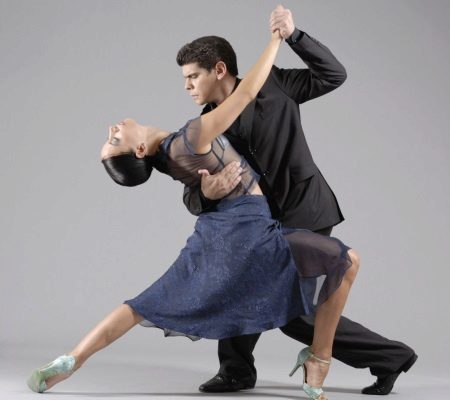
Products with an asymmetric cut, as well as skirts of the “sun” style are in great demand. For their manufacture, elastic and lightweight fabrics are used, characterized by bright colors. Tango lovers are attracted to long skirts that seductively flow and are trimmed with ruffles.
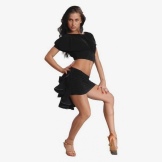


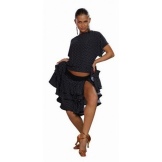
Curvy models
To move freely in the dance, most women choose voluminous models of skirts. These are the skirts of the “sun” and “half-sun” styles, magnificent options from several cloths of fabric, and also skirts in a large or small fold.
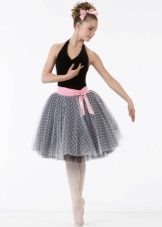
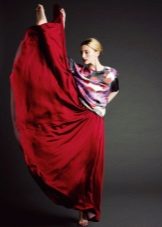


Tutu skirts are also considered to be magnificent models, because thanks to hard tulle in several layers, such skirts differ in volumetric shape and are convenient for choreography.
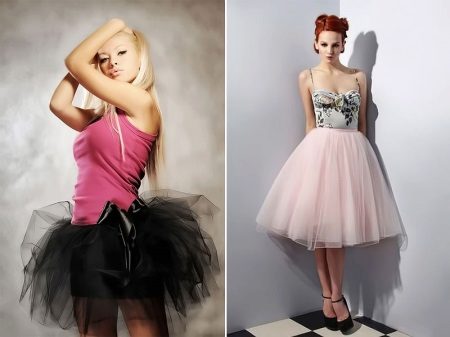
How to sew?
For sewing the skirt used for oriental dances, a suitable thin fabric is selected, then a pattern is created (most often the styles are “sun” or “half-sun”), it is transferred to the fabric and the necessary details are cut out. Next, the side seams are sewn, leaving a place under the zipper. Separately, they cut out the fabric for the belt and strengthen it with non-woven fabric. A zipper is sewn into the skirt and a belt is sewn to it, and then the product is left to “hang” for several days. The final stage of production will be the processing of the seams and, if planned, the sewing of the tape to the hem.
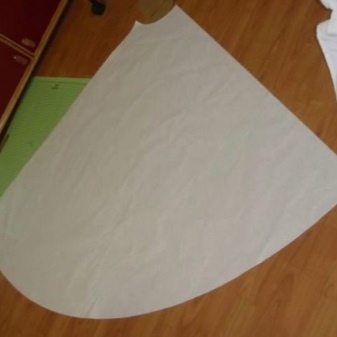
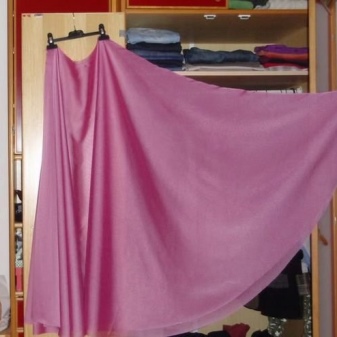
Sewing skirts for ballroom dancing is also often carried out according to the "sun" style. The pattern is transferred to a suitable material, it is cut, and then the side seam is sewn. Often there are several such skirts, for example, the lower of the lining fabric, the middle of tulle and the upper of satin. A separate part is cut from each fabric, then they are applied one on top of the other and sewn together in a belt. The lower edge of the upper skirt is often trimmed with a contrasting color fabric or frill.
